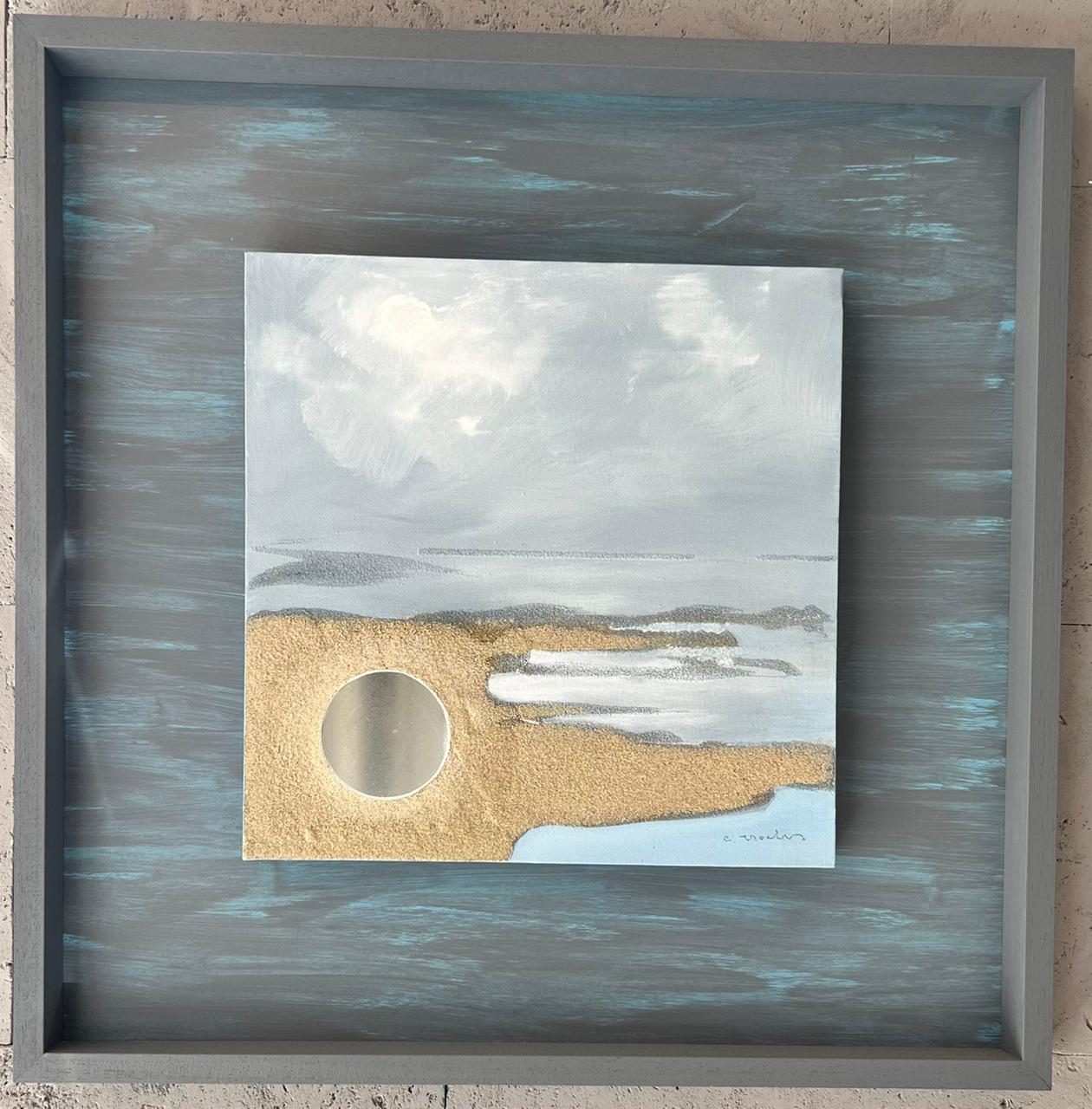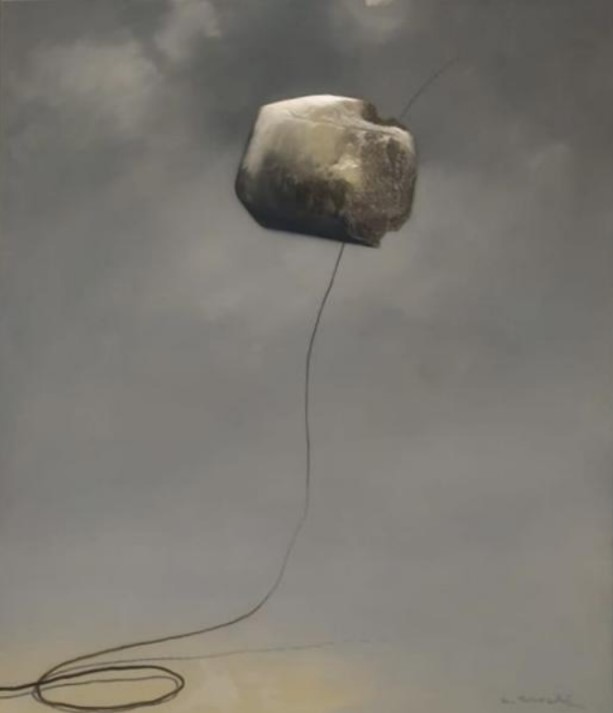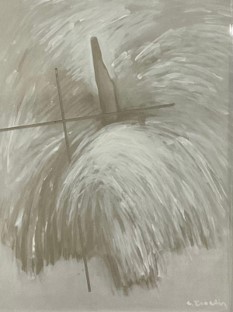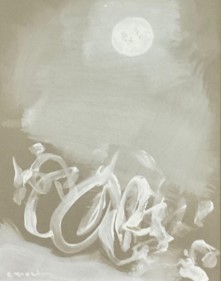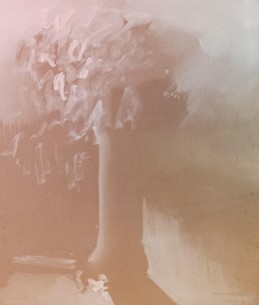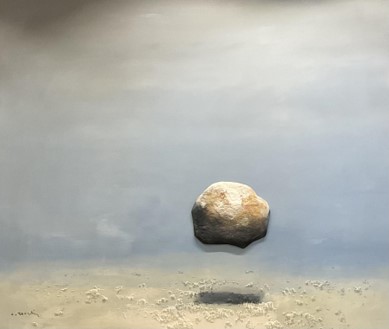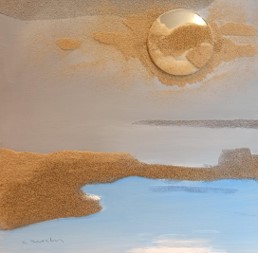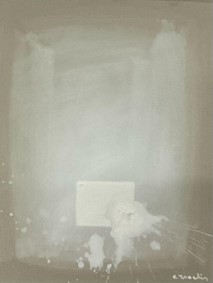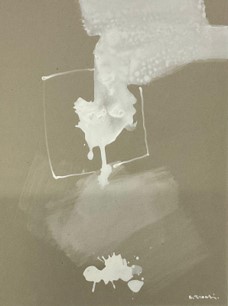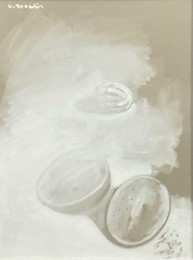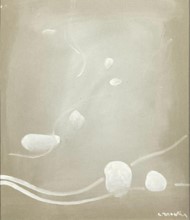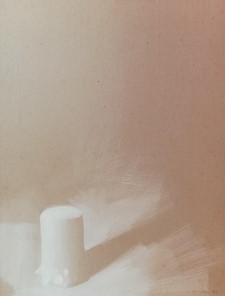COSTAS TSOCLIS
Born in 1930 in Athens, Costas Tsoclis studied at the Athens School of Fine Arts (1948-54), which he attended as an exceptional talent, under G. Moralis. He went on to live and work in Rome (1957-1960) with a scholarship from the State Scholarships Foundation. He then moved to Paris, where he lived until 1976. In the meantime, he went to Berlin with a DAAD scholarship (1971) after which he divided his time between Athens and Paris until 1983. Tsoclis has spent increasingly long periods in Greece ever since.
Tsoclis’ work has been shown in solo exhibitions in Europe and the United States and he has taken part in major international group events, including: Paris Biennale (1963, 1965), Sao Paulo Biennale (1965) and Documenta (Kassel, 1975). He represented Greece at the 1986 Venice Biennale. A tribute to his youthful work (1950-9) was presented by the Frysira Museum (2001) and a major retrospective was featured at the National Museum of Contemporary Art (2001).
His works for public spaces include the forecourt of the Archaeological Museum in Thessaloniki (1988), and the Ethnikis Amynis underground railway station in Athens (2000). Furthermore, he has created the Costas Tsoclis Museum on the island of Tinos where many of his major creations are displayed.
Considered as one of the most famous Greek artists of the first post-war generation, Tsoclis got to know contemporary art trends as they were being born and formed; yet his own work represents none of them, though it carries hints of conceptual art, nouveau réalisme and pop art.
In his earlier periods his artpieces demonstrated expressionistic influences and at the same time his experimentation with elements like sand, cement, marble dust and coal added a unique aesthetic to his creations. During the years 1963-1965, Tsoclis gradually added the third dimension to his canvases although his compositions were still characterised by a painterly approach.
The issue of materials and more specifically the dynamic relationship between form and space was introduced in his work during his formative years. As time passed the materials that he used became more elemental and his approach to his art more laconic. In general, an element of trompe-l’œil runs through his entire oeuvre, not in the traditional sense of the transferring of three dimensions to a flat surface, but by the dissolution of the boundaries between the painted and the real space. Since 1985, he has been using video images to include the element of time in his work. He has stated that what motivates him is lust and the fear of dying before he has expressed what he feels through his art; so he remains prolific and offers new and unique artworks to this day.
Costas Tsoclis resides and works in Greece.
